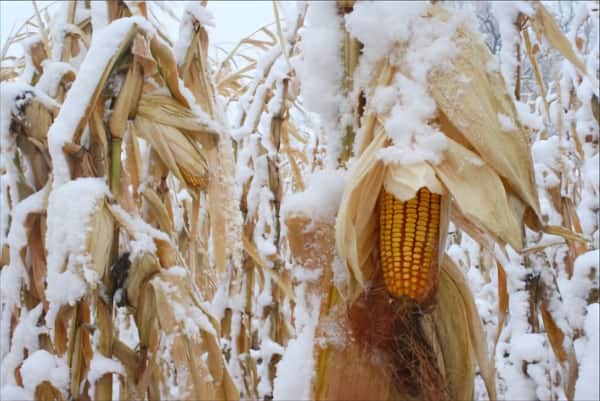To Plant or Fertilize? This spring that is the question we're all asking.
Well, April played its own little joke on us this year. The snow was almost gone, the air carried that promising smell of wet earth and hope, and it looked like we could get into fields early here in the upper Midwest. And then, Mother Nature dropped a couple more inches of snow on us. Anne Murray said it best “We sure could use a little good news today!” (I know, I’m really dating myself with that reference.)
Well, the good news is that here at FarmQA we were able to schedule a 1:1 and pick the brain of our resident agronomist, Dr. Allan Cattanach, or “Al” as he prefers. It’s safe to say that Al has a wealth of knowledge when it comes to soil and crop sciences. We’re pleased to have him add Director of Agronomy for FarmQA to his resume.

What follows is the first of many guest posts from Al. We’re excited to have him share his knowledge and advice with all of you here on Insights from FarmQA. If you have topics or questions you’d like Al to address, just email us at info@farmqa.com and we’ll make sure he sees it.
Thanks for kicking off our blog series “On the Minds of Agronomists”.
Thanks. Glad to be here.
We have a unique situation in the Red River Valley and the surrounding area this spring. Almost anywhere you look, you can see crops—a lot of corn, sunflowers, and even some soybeans, still in the fields.
Yes. Most of the region was too wet to complete harvest during the fall of 2019. Many fields were also too wet to allow crop consultants, farmers, or others to complete soil sampling and testing, as well. Typically, farmers want crops as dry as possible before harvesting. Corn needed extra time to mature since it got in late last year in many areas, and growing degree days were lacking. More time was required for it to reach physiological maturity. That said, corn can be harvested and retain value even if done in the spring.

Spring harvest presents some unique challenges, doesn’t it?
Yes. Farmers have been trying to harvest crops this spring, but very wet field conditions and heavy snow in fields have made it very difficult. In addition, the early 2019 snowfall served as an insulation blanket and significantly reduced soil freezing. Those wet conditions in the fall and this spring may have caused nitrogen losses by denitrification or leaching.
Since it was nearly impossible to do soil sampling last fall – which is the optimal time – what should farmers do without that information?
Yes, we recommend soil testing in the fall. Fall testing before tillage provides better sampling conditions and often more accurate results. Then, fall fertilization can be completed, so fields can be planted as soon as they are dry enough. Fortunately, phosphorus and potassium soil test values change slowly. Test results from the previous three or even four years remain accurate for phosphorus (P) and potassium (K) fertilization.
So, what advice do you give to farmers this spring?
Early planting almost always increases yields. I encourage growers to focus on that – getting crop seeded as early as possible.
Should they still soil sample?
Yes. It’s still a good idea to capture that information for your records. If it’s not possible, then I would advise using the test results from the previous years. In a nutshell: get the crop in first and then complete soil sampling for nitrogen availability and then fertilize with nitrogen accordingly. It is essential to accurately apply just the amount of nitrogen for maximum yield but not overfertilize and waste critical input dollars.
Thanks for your time, Al. We look forward to more of these conversations in the future.
Happy to help.




